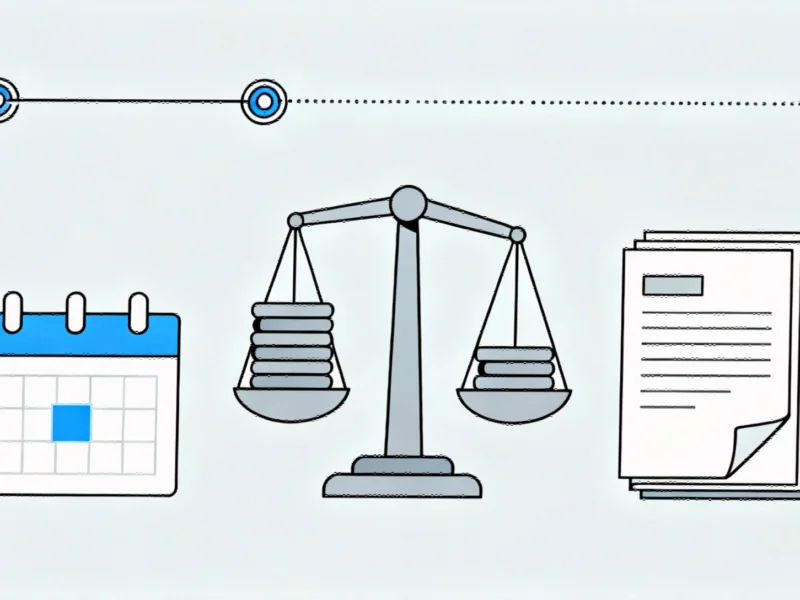Major Sports Broadcasting Expansion
Technology giant Apple has reportedly secured exclusive United States broadcasting rights for Formula 1 racing in a landmark five-year agreement valued at approximately $750 million, according to industry reports. The deal, set to commence in 2026, represents Apple’s first major foray into sports broadcasting as part of its standard subscription service, marking a significant shift in the broadcasting of sports events landscape.
Subscription Model and Content Access
Sources indicate that Apple will pay approximately $150 million annually for the rights, a substantial increase over the previous arrangement with ESPN, which reportedly paid about $80 million per year. Unlike Apple’s arrangement with Major League Soccer, which requires an additional subscription fee, the Formula One coverage will be included in the standard monthly subscription for all Apple TV customers in the United States.
Analysts suggest this inclusive approach signals Apple’s strategy to enhance the value proposition of its streaming platform amid increasing competition in the streaming sector. The agreement reportedly grants subscribers access to live coverage of all on-track sessions and all content produced by the sport’s in-house channel F1 TV.
Production and Industry Context
Commentary arrangements for the broadcasts have not been finalized, according to the report. Sources indicate Apple will not initially produce its own commentary and is likely to purchase either F1 TV’s commentary or that of the UK’s Sky network. The popular “Drive to Survive” documentary series on rival streaming service Netflix will not be affected by this new broadcasting arrangement.
Industry observers note this deal represents a significant development in sports media rights negotiations, with technology companies increasingly competing with traditional broadcasters for premium live sports content. This trend reflects broader market trends as streaming services seek to differentiate their offerings.
Strategic Factors Behind the Agreement
The report states that the recent F1 movie starring Brad Pitt, which has generated approximately $630 million at the box office, was a significant contributing factor in securing the broadcasting deal. The film’s success reportedly demonstrated the sport’s growing popularity in the American market and its potential for cross-platform content integration.
According to statements from F1, the partnership will “amplify the sport across” all Apple’s outlets, including News, Maps, Music, Sports, and Fitness+. This integrated approach represents related innovations in how technology platforms distribute sports content beyond traditional viewing experiences.
Executive Perspectives
F1 Chairman Stefano Domenicali described the partnership as “incredibly exciting” for both organizations, stating it would “ensure we can continue to maximise our growth potential in the US with the right content and innovative distribution channels.”
Eddy Cue, Apple’s senior vice-president of services, said the company “looked forward to delivering premium and innovative fan-first coverage to our customers in a way that only Apple can.” This announcement comes amid other industry developments across various sectors.
Market Implications
The substantial increase in rights fees reportedly reflects Formula 1’s growing popularity in the United States, largely attributed to the success of the “Drive to Survive” series and recent American Grand Prix events. Analysts suggest this agreement could signal further moves by technology companies into premium sports broadcasting rights as they seek to attract and retain subscribers in an increasingly competitive streaming environment.
This landmark deal represents Apple’s most significant commitment to sports broadcasting to date and could potentially reshape how major sporting events are distributed to American audiences in the coming years, according to industry experts monitoring these media landscape transformations.
This article aggregates information from publicly available sources. All trademarks and copyrights belong to their respective owners.



